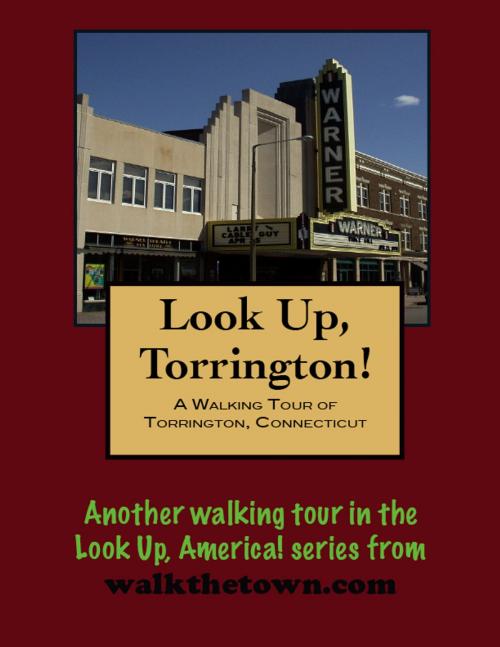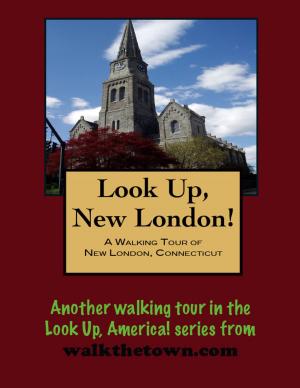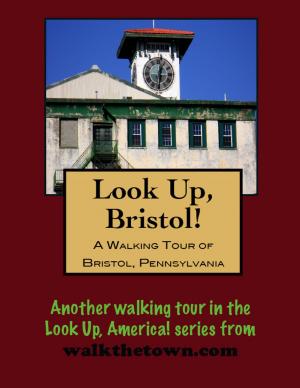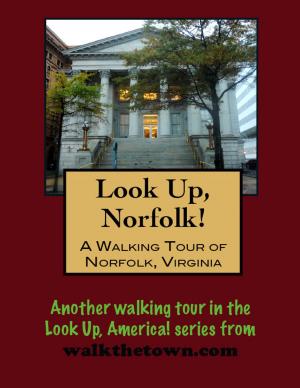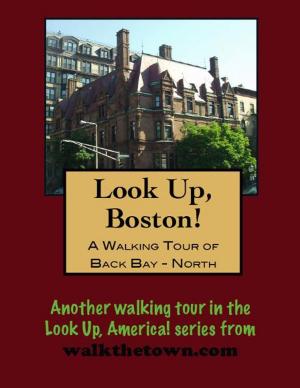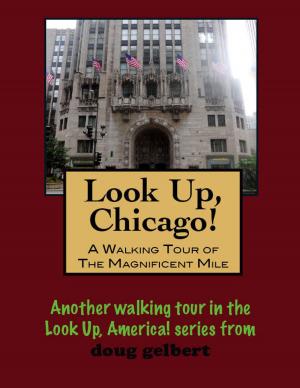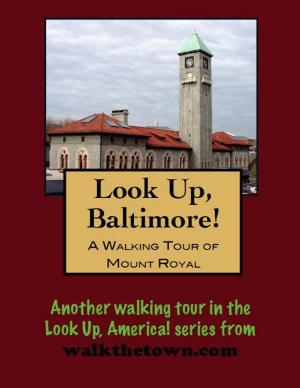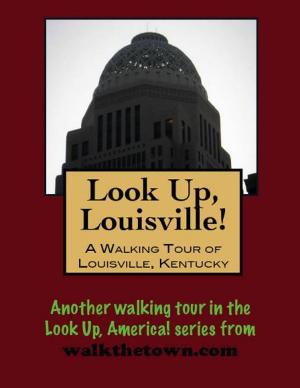| Author: | Doug Gelbert | ISBN: | 9781458100351 |
| Publisher: | Doug Gelbert | Publication: | March 2, 2011 |
| Imprint: | Smashwords Edition | Language: | English |
| Author: | Doug Gelbert |
| ISBN: | 9781458100351 |
| Publisher: | Doug Gelbert |
| Publication: | March 2, 2011 |
| Imprint: | Smashwords Edition |
| Language: | English |
There is no better way to see America than on foot. And there is no better way to appreciate what you are looking at than with a walking tour. This walking tour of Torrington, Connecticut is ready to explore when you are. Each walking tour describes historical, architectural landmarks, cultural sites and ecclesiastic touchstones and provides step-by-step directions.
Every tour also includes a quick primer on identifying architectural styles seen on American streets.
When this pocket in the Litchfield Hills was settled in the 1730s it was known as Mast Swamp because the tall pines that blanketed the area were much used in shipbuilding. The tumbling waters of the Naugatuck River provided ample water power for a mill that was built in the early 1750s but few residences followed. One family that did settle in town was the Browns and John Brown, who would become a fiery abolitionist and one of the most divisive figures of the 19th century, was born here on May 9, 1800.
In 1813 the Frederick Wolcott of Litchfield purchased some riverside property and erected a woolen mill. This enterprise did attract a sizable workforce and the community that sprung up around the mill became known as Wolcottville. It would not become Torrington until 1881.
In 1834 Israel Coe and Erastus Hodges began the construction of rival brass mills; Coe was making the first brass kettles in America, using a hammering technique known as the battery process. This was the beginning of the brass industry in Torrington, an industry that would later be synonymous with the entire Naugatuck valley. The Naugatuck Valley Railroad arrived in 1849 and the manufacturing ethos would hum for the next 100 years, attracting waves of European immigrant workers. Medical needles, woolens, lathes, skates, electrical goods and hardware all helped to place Torrington in the front rank of Connecticut industrial towns.
In August 1955 the Naugatuck River breached its banks during hurricanes Connie and Diane and the severe flooding destroyed the center of town that had been old Wolcottville, killing seven and causing $13,000,000 in property damage. In the years since the town has recovered and rebuilt but many of the workers that used to man the Torrington manufacturing plants began to commute to Hartford and Waterbury and Danbury. One of the steps taken to breathe life back into downtown Torrington was to recognize and preserve its architectural and historical heritage. Our walking tour to observe the fruits of this effort will begin on the banks of that fickle Naugatuck River, where a municipal parking lot awaits...
There is no better way to see America than on foot. And there is no better way to appreciate what you are looking at than with a walking tour. This walking tour of Torrington, Connecticut is ready to explore when you are. Each walking tour describes historical, architectural landmarks, cultural sites and ecclesiastic touchstones and provides step-by-step directions.
Every tour also includes a quick primer on identifying architectural styles seen on American streets.
When this pocket in the Litchfield Hills was settled in the 1730s it was known as Mast Swamp because the tall pines that blanketed the area were much used in shipbuilding. The tumbling waters of the Naugatuck River provided ample water power for a mill that was built in the early 1750s but few residences followed. One family that did settle in town was the Browns and John Brown, who would become a fiery abolitionist and one of the most divisive figures of the 19th century, was born here on May 9, 1800.
In 1813 the Frederick Wolcott of Litchfield purchased some riverside property and erected a woolen mill. This enterprise did attract a sizable workforce and the community that sprung up around the mill became known as Wolcottville. It would not become Torrington until 1881.
In 1834 Israel Coe and Erastus Hodges began the construction of rival brass mills; Coe was making the first brass kettles in America, using a hammering technique known as the battery process. This was the beginning of the brass industry in Torrington, an industry that would later be synonymous with the entire Naugatuck valley. The Naugatuck Valley Railroad arrived in 1849 and the manufacturing ethos would hum for the next 100 years, attracting waves of European immigrant workers. Medical needles, woolens, lathes, skates, electrical goods and hardware all helped to place Torrington in the front rank of Connecticut industrial towns.
In August 1955 the Naugatuck River breached its banks during hurricanes Connie and Diane and the severe flooding destroyed the center of town that had been old Wolcottville, killing seven and causing $13,000,000 in property damage. In the years since the town has recovered and rebuilt but many of the workers that used to man the Torrington manufacturing plants began to commute to Hartford and Waterbury and Danbury. One of the steps taken to breathe life back into downtown Torrington was to recognize and preserve its architectural and historical heritage. Our walking tour to observe the fruits of this effort will begin on the banks of that fickle Naugatuck River, where a municipal parking lot awaits...
